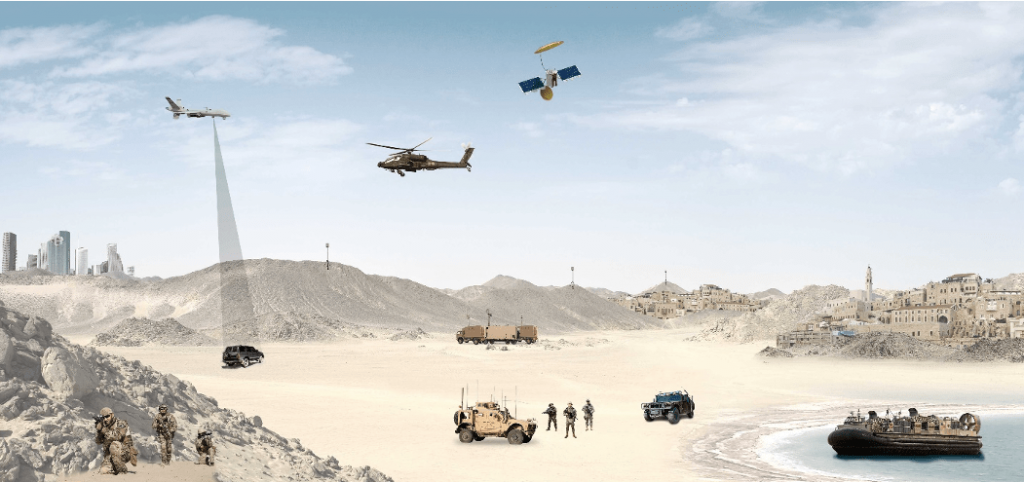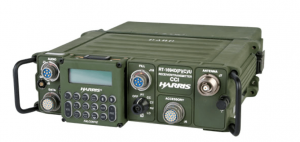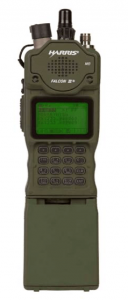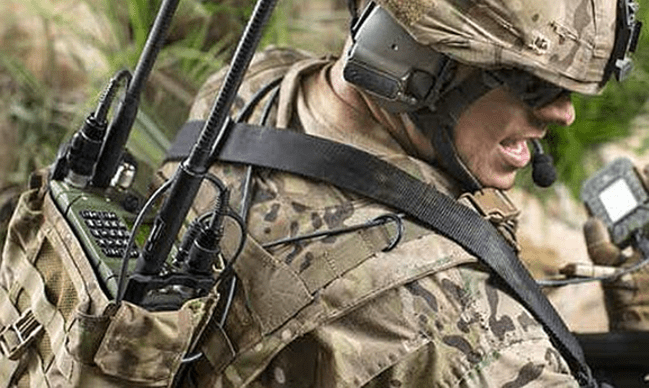
One software project in my software career that may be of interest was that I worked on the team at Harris RF Communications, which developed the first digital military radios that were used in Iraq and Afghanistan. I was a lead developer for several services as part of the radio’s infrastructure and helped develop a data transmission waveform*, which is the radio’s controller defining the capabilities of the radio.

During the radio’s development, it was common for the company to bring in the Special Forces members to give motivational talks on how they were using the early radio prototypes and how useful they were. Those stories were fascinating and left me wondering why I had chosen my work path; I missed the travel and adventures provided by the military experience. One West Point roomie told me that he wondered if I had been trying to withdraw from the human race. After reflecting on that observation, I realize there was an element of truth to it – humans can be complicated creatures.
One three-man Special Forces team described being placed at a main traffic intersection leading into Baghdad during the three weeks preceding the invasion of Baghdad. The soldiers dug a hole in the ground and lived in that hole with a camouflage cover over them. As Iraqi traffic passed through the intersection, the soldiers took digital pictures of the traffic, connected the digital camera to the radio that contained a data transmission waveform, and sent the pictures to Headquarters – no voice transmissions were used. During the final week prior to invasion, some kids were playing soccer nearby, and a soccer ball was kicked next to the hole. A girl approximately 3 years old ran to retrieve the ball and noticed the camouflage cover, so she lifted the cover and found the US soldiers. At this point, the soldiers had to make a critical and rapid decision: what to do about the girl? Should they kill the girl and continue with the mission or terminate their mission and depart before the kids could report their existence? Truth is that in war, difficult decisions abound.

Another Special Forces Sergeant First Class (SFC) was embedded with an Afghan tribe and utilized as Forward Observer to identify targets for air strikes; the digital radio was his communication device for coordinating targets with his air support. He lived with the tribe and rode everywhere on horseback. During the build-up for an upcoming battle with a rival Taliban tribe, the SFCs horse stepped into a hole, throwing the SFC to the ground and then landing on top of him; the SFC could not move after the horse was shot. A Special Forces medic was brought in to assist the SFC; his air support abilities were essential to the success of the battle. The solution was to give the SFC extensive drugs. During the course of the battle, the SFC was unflappable throughout the chaos and noise around him. The Afghans gave the SFC great praise because he was so calm and collected during the battle; he became known as a great warrior. Little did the Afghans realize that the SFC was so high on drugs that the battle had little effect on his emotional state and awareness of the battle occurring around him.

The digital radio was used to create smart bombs. A GPS module was placed inside the radio, which was placed inside the bombs. A radio transmitter was sent to the radio inside the bomb’s guidance system, thus giving the bomb its pinpoint accuracy.
*The software which controls the internal hardware devices is called a waveform – some are for transmitting voice, some only transmit data (no need for a handset), some transmit both – there are a large number of waveforms.